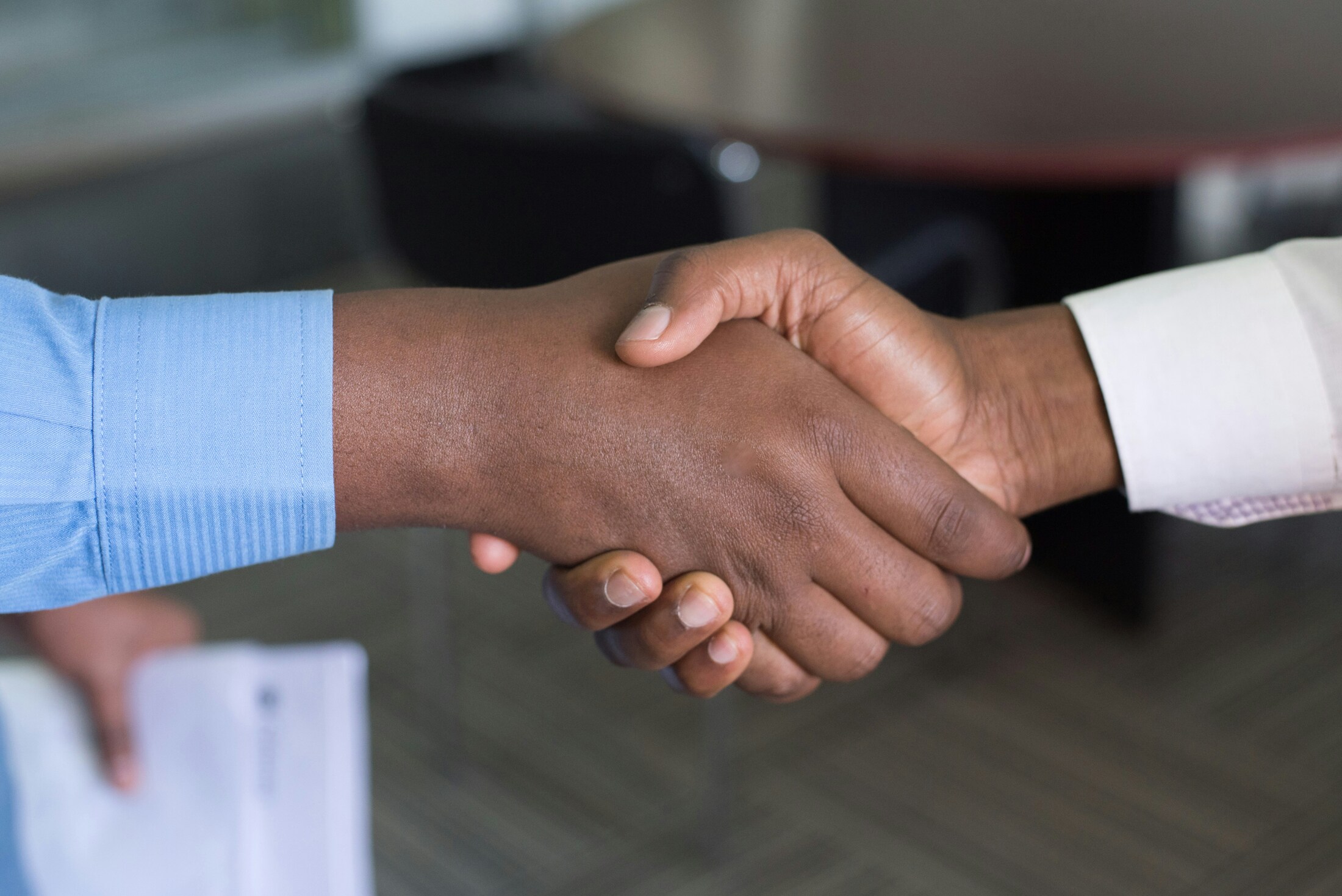What Is The Difference Between Server Side Rendering (SSR) and Client Side Rendering (CSR)?
In short, SSR and CSR are two different rendering approaches. They are to how web content is made and shown. SSR involves making the HTML on the server. Then, it sends the HTML page to the client browser for display. CSR delegates this task to the client's browser. It uses JavaScript to render content. SSR sends users fully rendered web elements directly from the server. This leads to faster page loads. In contrast, CSR may need extra time on the client side.
CSR can provide a more interactive UX. It allows for real-time updates without needing to reload the whole page. Making an informed decision between SSR and CSR depends on factors. They shape how your site works and engages visitors.
Definition of SSR and CSR
SSR and CSR are two basic approaches in web dev. SSR involves rendering the initial HTML on the server. Then, the server sends it to the client's browser. CSR renders content directly in the client's browser using JavaScript.
- In SSR, the server processes requests and makes full HTML pages for each interaction.
- But CSR loads faster at first.
- It just needs to fetch data from a server API and show it on the client side.
Understanding these Nestjs vs Express differences is crucial for developers. They aim to make the web faster, improve SEO rankings, and enhance UX. They do this based on project needs. Your choice of client-side rendering vs server depends on factors. These include project goals, scalability needs, and how interactive you want your web app to be.
Pros and Cons of SSR
SSR makes pages load faster. This is compared to CSR. This can improve UX. Search engines can crawl and index the content faster. In addition, SSR ensures that the content is visible. This is true even if JavaScript fails to load or run. But, SSR may need more server resources.
This is due to the need to pre-render each page on the server before sending it to the client. This could raise server system and response times. It would be worse for sites with lots of traffic or complex content. Despite this, many developers find SSR helpful. It lets them deliver fast web pages with great SEO.
Pros and Cons of CSR
CSR has the advantage of content updates. They don't require a full page reload. This makes a more interactive UX. Changes can be made instantly. It enhances engagement on web apps. Only the needed resources are loaded at first.
CSR has a downside. It makes the client's device work harder to show the web pages on the server. This can slow down devices. They have limited processing power or bandwidth.
Also, SEO challenges may arise with CSR. Crawlers may struggle to index its content. CSR improves interactivity and speed for users. But, it has potential drawbacks related to device performance.

How Does Server Side Rendering (SSR) Impact SEO?
SEO depends on server side rendering (SSR). SSR is crucial for boosting website visibility and search rankings. SSR allows search engines to easily index websites. The server males the initial HTML before sending it to the client's browser. This means search engines can quickly understand and rank the content. This leads to more organic traffic. Having pre-rendered content for search engine bots ensures faster loading. It also improves UX. SSR also helps with metadata optimization. Indexing can access all page elements. Server side rendering helps web developers. It lets them ensure their sites are search engine optimized. They can do this from the start. It also helps website performance and user satisfaction.
SEO Benefits of SSR
SSR offers an SEO benefit. Google can easily crawl and index SSR content. This boosts search rankings. SSR speeds up the first page load. This helps users and cuts bounce rates. Search systems prefer websites that provide a seamless browsing experience.
In addition, SSR creates more structured HTML to the client. This makes it easier for search systems to understand your site. This can result in higher visibility on search system results pages.
SEO Considerations for CSR
When deciding on client side rendering for your website. CSR is different from server side rendering. It can pose challenges for search engine optimization. The content is shown on the client side using JavaScript. Search systems may not always understand and index it. To optimize SEO with CSR, pre-render critical content.
- This lets search systems easily access and understand it.
- Use techniques like prerendering or dynamic rendering.
- They make sure that key info is ready for indexing.
- Focus on creating clean code.
- Add structured markup to help search systems understand your content.
Regularly check your website's performance in search results. Look for any SEO issues caused by client side rendering. Incorporate these ideas into your CSR strategy. This will boost search rankings. It will also let you benefit from client side rendering for a dynamic UX.
Which Rendering Approach is Better for Improving Load Time?
Method of rendering is crucial for load time. It's key for efficiency on websites. SSR tends to have an edge over CSR in this aspect. SSR generates the first HTML. It then sends it to the browser. This gives users the impression of faster loading times. But, CSR needs extra work on the client side. It must be done before showing content. SSR is generally preferred. It delivers pre-rendered content promptly. This is key for making websites faster and improving UX. This depends on your project's needs and goals. CSR may still be suitable in some cases.
Load Time Comparison: SSR vs CSR
Load times differ. This is true when comparing SSR to CSR. The difference lies in how content is processed. With SSR, the initial page load may be slower as the server pre-renders HTML before sending it to the browser. This can result in a faster perceived loading speed for users, making SSR a potential Nextjs alternative.
But, CSR loads a simple page first. Then, it requests data from the server to show content on the client-side. This approach can speed up later page interactions. But, it may cause delays at first. That's because all components are loaded separately. It delivers fully rendered pages upfront.
However, with caching and code-splitting, CSR can also load fast. It requires balancing performance trade-offs.
Strategies for Optimizing Load Time in SSR and CSR
To speed up SSR and CSR, a few rendering strategies can help a lot. For Server Side Rendering, one key strategy is to cut server response times. This is done by optimizing code and database queries. This helps deliver content faster to users.
Another key tactic for improving SSR load time is to use caching well. Caching allows pre-rendered pages to be served quickly. It avoids regenerating them for each user request. In CSR, cutting JavaScript bundle and asset size is crucial. Compressing files and eliminating unnecessary scripts can help streamline the loading process.
Also, loading non-essential resources lazily in CSR can also speed things up. It does so by only loading elements as needed. It doesn't load them all at once when the page first loads.

What Are The Implications of Server Side Rendering vs Client Side Rendering on User Experience?
User experience is at the heart of dynamic web dev. The rendering way with used can greatly impact how users interact with a website. SSR speeds up initial page loads. It gives users content faster. This can lead to smoother browsing. Users don't have to wait for the whole page to load before seeing content. But, CSR can make the first load slower. This is because the browser has to download all the needed scripts. It must do this before showing the content. This delay could potentially frustrate users who expect instant access to information. In terms of user interactions, SSR tends to be faster. This is when navigating between pages because most of the HTML is already made on the server side. This seamless transition enhances UX. But, CSR shines at dynamic updates. It's good for interactivity within a page.
It does not need full-page reloads. CSR provides flexibility. It allows for interactive elements that respond quickly to user input. This creates a more engaging experience. Choosing between client-side vs server side rendering depends on your project's needs and goals. They relate to user interaction and engagement on your website. Both ways have strengths and considerations.
User Experience Factors in SSR
User experience is crucial. It determines if a website or app succeeds. With SSR, speedier initial page loads boost UX. Users get to see content sooner, leading to a more seamless browsing experience.
- SSR can help on slow devices or networks.
- It caters to a wider audience.
- SSR makes page navigation smoother.
- Most content is pre-rendered on the server.
- This reduces wait time for users.
- They wait less when they switch between site sections.
Also, SSR ensures that search systems can easily crawl and index your site. This makes it easier for users to find and use. Adding SSR to your web strategy speeds up loading. It also helps user engagement and retention. The focus on fast-loading pages boosts visitor satisfaction. It makes them want to spend more time exploring your platform.
User Experience Considerations for CSR
For CSR, user experience is crucial. It shapes a website or web app's feel. One key aspect to keep in mind is the initial loading time. CSR relies on downloading all code and assets before rendering. So, users may experience delays in seeing content. This can impact user engagement and satisfaction.
Also, easy navigation and interactions are key. They are vital for a good user experience with CSR. Ensuring that dynamic elements load seamlessly is vital. Glitches or delays drive away visitors. Another factor to consider is search system optimization implications with CSR. Content is rendered in the client. Ensuring proper indexing by search systems becomes harder than with server side rendering.
How Does Server Side Rendering (SSR) Impact Web Development and Server Load?
Server side rendering is key in web dev. It allows the server to make HTML pages before sending them to the client. This helps improve initial loading times and enhances SEO performance. In web dev, SSR makes code simpler to maintain. It also helps with server-side caching. SSR reduces the load on client devices. They get fully rendered content straight from the server. This can lead to faster page loads and improved user experience, especially on slower devices or networks. In addition, SSR helps developers ensure that content is delivered consistently across platforms. They can do this without relying much on client-side scripts.
In terms of server system, SSR can affect resource use. It happens since the server does most processing before sending content to clients. By moving rendering tasks from users' browsers to servers, the load on the server increases. However, servers can handle more requests well, while keeping the website fast for all users.
Web Development Efficiency with SSR
In web dev, Server Side Rendering (SSR) is key for efficiency. It involves making the HTML and then sending it to the client's browser. This approach makes the development process easier.
It lets developers work mostly with familiar technologies like HTML, CSS, and JavaScript. SSR helps developers make rendering smoother. It helps users who access their websites or applications. By pre-rendering pages on the server are optimized. This leads to a faster, smoother user experience.
Search systems can easily crawl and index content that is first rendered on the client. This can lead to better visibility. It can also improve ranking in search results. SSR makes web dev faster.
Server Load Management in SSR vs CSR
Server system management is different in CSR and SSR. These differences between client-side and server-side are worth exploring. In SSR, the server handles the initial load. It distributes some of the processing burden. This can lead to better resource allocation. It also leads to smoother performance at peak traffic times.
On the other hand, CSR shifts much work to users' devices. It can impact server system during high request volumes. This approach may need more server resources. It must handle clients doing computations and fetching data at the same time. Balancing server system is key. This is done through optimized SSR. And, by using caching well. Doing this, web developers can speed up sites and make them scalable.

What Are The Differences in Rendering Dynamic Content with Server-Side Rendered Web Pages and Client-Side Rendered Web Pages?
When rendering content, server-side and client-side web pages have distinct approaches. Server side rendering involves making the HTML. Then, the server sent to the client browser. The content is there when the page loads. But, clientside rendering shifts more rendering to the user's device. It allows for a more interactive and dynamic UX. With client side rendering, updates can be made without reloading the whole page. This gives a seamless browsing experience. Server side rendering is ideal for content-heavy websites where SEO is crucial. This ensures that search systems can easily crawl and index website content. It improves visibility in search results. Client side rendering works well for applications. They need real-time updates and interactivity without constant server requests.
Rendering Process: SSR vs CSR
Rendering web elements differs based on where it happens. It differs between server side rendering and clientside rendering. With SSR, the server generates the HTML content before sending it to the browser. This means that users receive a fully rendered page right from the start.
- CSR involves loading a basic HTML file first.
- Then, it uses JavaScript to render the rest of the content on the client side.
- This allows for more lively interactions.
- SSR makes your content easy for search systems to crawl and index.
- This is because everything is pre-rendered on the server.
CSR may pose challenges for SEO. In contrast, search engines might struggle to interpret dynamic content. It is key to understand how rendering differs in SSR and CSR. This difference determines which approach is best for your web app.
Dynamism and Flexibility Comparison in SSR and CSR
Comparing SSR and CSR, consider how each handles dynamic content. They differ in dynamism and flexibility. In SSR, the server generates content before sending it to the client. This ensures that users see a fully rendered page when it first loads. Search engines can crawl and index the full content.
But CSR relies on loading JavaScript files on the client side. They're used to render dynamic elements. This allows for more interactive UX. But, it may mean slower page loads. This is because content is assembled on-the-fly. The choice between SSR and CSR depends on your project's needs.

When is It Preferable to Use Server-Side Rendering and Client-Side Rendering in Web Applications?
Decide between server side rendering and client side rendering for web apps. Consider your content's nature. Use SSR for content that needs to be indexed by search engines immediately. This is crucial for websites with high SEO requirements. But CSR shines at building highly interactive applications. For example, single-page apps need speed and responsiveness. It allows for dynamic updates. They happen without reloading the whole page. This gives a smooth UX. If you expect a lot of traffic or have users with slow internet, SSR might be better. It can pre-render pages on the server before sending them to the client. Alternatively, if your app relies heavily on client-side interactions. It needs frequent data updates from APIs. CSR can offer better performance. It does this by offloading tasks to the user's browser.
Use Cases for SSR
Server side rendering has specific use cases. This approach shines in web dev. One common scenario is this: You have a website with lots of content. It needs to be quickly indexed by search engines. SSR ensures your pages are pre rendered on the server. SSR is also ideal when you need to display data that changes often.
SSR also works well for applications that need extra security. It does this by minimizing the exposure of client-side code. In essence, using server side well serves projects that need speed. They need real-time data updates, secure transactions.
Use Cases for CSR
Understanding the Differences: Client Side Rendering vs Server-side Rendering. In the digital world, the choice between SSR and CSR is key for web dev. Each approach has its own advantages and considerations. They increase server system and hurt content dynamism. SSR offers better SEO and fast initial page loads.
This is due to pre-rendered content on the server. But, CSR provides more dynamic user interactions after the first load. This is due to client-side JavaScript. You must understand when to use client-side rendering. The choice between server-side rendering vs client-side rendering depends on project needs and how to tell what ecommerce platform a site is using.
They also include the need for interactivity. And, the available resources for managing server systems well. Carefully consider these factors. Evaluate the use cases for each rendering way with web applications. This can help developers create impactful digital experiences. They will be tailored to meet diverse audience needs.

